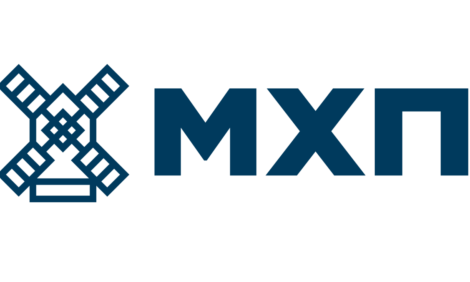



Software Speeds Up Salmonella Strain Identification
US - A cloud-based software tool has been developed to quickly classify strains of salmonella.The system, SeqSero, is a bioinformatics tool that identifies serotypes, or individual, distinct strains, of salmonella using whole genome sequencing (WGS).
Developed by UGA College of Agricultural and Environmental Sciences food science graduate student Shaokang Zhang, the website is used by public health officials and scientists across the globe.
Sequence files can be easily uploaded, and the system sends an analysis in minutes, 24 hours a day, seven days a week at no charge, said Xiangyu Deng, a food microbiologist with the UGA Center for Food Safety in Griffin, Georgia.
Deng compared the system to a detective investigating a crime. “For investigation and surveillance purposes, you need to be able to profile your suspects at different levels, from general demographics to fingerprints. If your suspects are salmonella, serotype determination, or serotyping, is the first step of your profiling,” he said. “It’s now possible to do all the profiling with whole genome sequencing, and it saves a lot of time and (steps in) workflow.”
The Centers for Disease Control and Prevention (CDC) estimates 1.2 million illnesses and 450 deaths in America each year can be linked to non-typhoidal salmonella.
“There are more than 2,500 serotypes described for salmonella, and SeqSero focuses primarily on more common serotypes while also being able to ID many rare serotypes,” Deng said.
Salmonella bacteria look alike under a microscope, but can be separated into many serotypes based on two structures on their surface, Deng explained. Serotyping forms the basis of the U.S. and international surveillance systems of salmonella.
“Traditional identification of salmonella serotypes can be logistically challenging because you need to maintain hundreds of reagents (substances used for chemical analyses) to be able to determine the full set of serotypes. It is also time consuming and can take two or more days to complete,” Deng said.
“This is a highly desirable bioinformatics system and allows for push-button, fast, straightforward and accurate identification of salmonella serotypes from raw data that comes directly off sequencers.”








